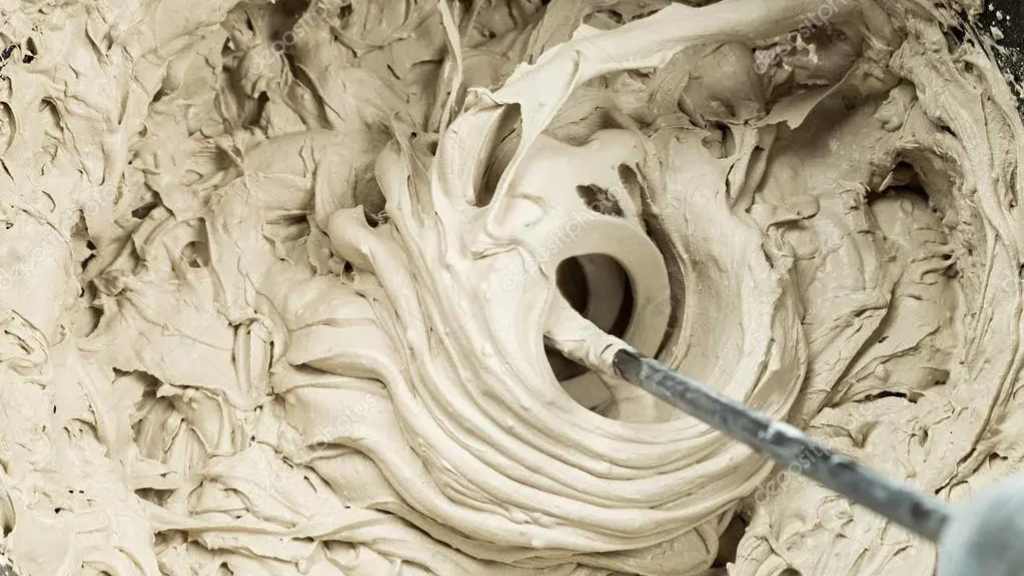Call Us: 0118 946 9146 | Email Us: info@ecohousestore.co.uk
Call Us: 0118 946 9146 | Email Us: info@ecohousestore.co.uk

In recent years, there has been a growing trend towards sustainable construction practices. One of the most sustainable building materials is lime mortar, which has been used for centuries in construction projects around the world. In this blog, we will explore what makes lime mortar such a sustainable building material.
Lime mortar is made from a mixture of lime, sand, and water. These materials are widely available and can be found in abundance, making them a cost-effective option for construction. Unlike cement mortar, which is made from Portland cement, lime mortar is a more sustainable alternative. Portland cement is produced using fossil fuels and contributes significantly to carbon emissions. In contrast, lime mortar is made from natural materials and has a lower carbon footprint.
Additionally, the production of lime mortar requires significantly less energy than the production of modern cement, which involves high temperatures (1300°C – 1450 °C) and releases a significant amount of carbon dioxide into the atmosphere. Lime production, on the other hand, typically requires lower temperatures (between 954°C and 1066 °C) and is therefore more environmentally friendly.
One of the key benefits of using lime mortar is that it is breathable. This means that it allows moisture to escape from the building, which can help prevent issues such as damp and mould. Lime mortar also has a high elasticity, which means that it can accommodate movement in the building without cracking. This is particularly important in older buildings, where movement is more likely to occur.
Another advantage of using lime mortar is that it is long-lasting. In fact, lime mortar has been used in construction for over 2,000 years, and many buildings constructed with lime mortar are still standing today. This is because lime mortar has a natural self-healing ability, which allows it to repair cracks over time. Additionally, lime mortar is not affected by freeze-thaw cycles in the same way that cement mortar is. This means that it is less likely to crack or degrade over time.
One of the key properties of lime mortar is its natural self-healing ability. Over time, lime mortar can repair small cracks that occur in the mortar joints, helping to maintain the strength and stability of the building. This self-healing ability is due to the fact that lime mortar is a softer and more flexible material than cement mortar, which means that it can accommodate movement in the building without cracking.
Lime mortar is able to self-heal using a process called carbonation, which occurs when free lime in the mortar reacts with carbon dioxide in the air and H2O to form calcium carbonate. This process is similar to the way in which natural limestone is formed over time.
When lime mortar is initially applied to a building, it contains a high proportion of free lime. Over time, as the mortar cures and dries out, the free lime in the mortar reacts with carbon dioxide in the air, along with H2O to form calcium carbonate. This process of carbonation can take months or even years to occur, depending on the conditions in which the mortar is exposed.
As calcium carbonate is formed, it fills in any small cracks or gaps that may have formed in the mortar joints. This helps to maintain the strength and stability of the building, as well as its aesthetic appearance. Additionally, the formation of calcium carbonate helps to protect the underlying mortar from further damage by preventing moisture from entering the mortar joints.
Lime mortar is also a more sustainable option because it can be recycled. Unlike cement mortar, which is difficult to recycle and often ends up in landfills, lime mortar can be crushed and reused as aggregate in new construction projects. This reduces the amount of waste generated by construction projects and helps to conserve natural resources.
Recycling lime mortar is an environmentally friendly option as it reduces waste and helps to conserve natural resources. It also maintains the historic integrity of older buildings, as using recycled lime mortar ensures that the new mortar matches the original mortar in terms of colour, texture, and composition.
According to the UK government’s Waste from Households and Construction and Demolition (C&D) Sources report, in 2018, C&D waste accounted for 61.2 million tonnes of waste in England, of which 91% was recovered or recycled. The remaining 9% was sent to landfill.
While the report does not provide a specific breakdown of how much of the C&D waste was cement, it is likely that a significant portion of the waste was construction materials such as concrete, bricks, and other masonry materials that contain cement.
Laslty, lime mortar has excellent thermal properties that can help to reduce energy consumption and improve the comfort of a building. Lime mortar has a high thermal mass, which means it can store heat and release it slowly over time, helping to maintain a consistent temperature within a building. This property can help to reduce the need for artificial heating and cooling, making lime mortar a sustainable choice for building projects.
In conclusion, lime mortar is a highly sustainable building material that offers a range of benefits over traditional cement mortar. First, it has a lower carbon footprint than cement-based mortars because it requires less energy to produce and does not emit as much carbon dioxide during manufacturing. Lime mortar is also more durable and longer-lasting than cement-based mortars, reducing the need for frequent repairs and replacements. Additionally, lime mortar is biodegradable and can be easily recycled, reducing waste and minimising the environmental impact of construction. Finally, lime mortar allows for the restoration of historic buildings in a way that preserves their original materials and techniques, promoting cultural and historical preservation. Overall, lime mortar is a sustainable choice for building and restoring structures while minimising environmental impact and promoting long-term durability.